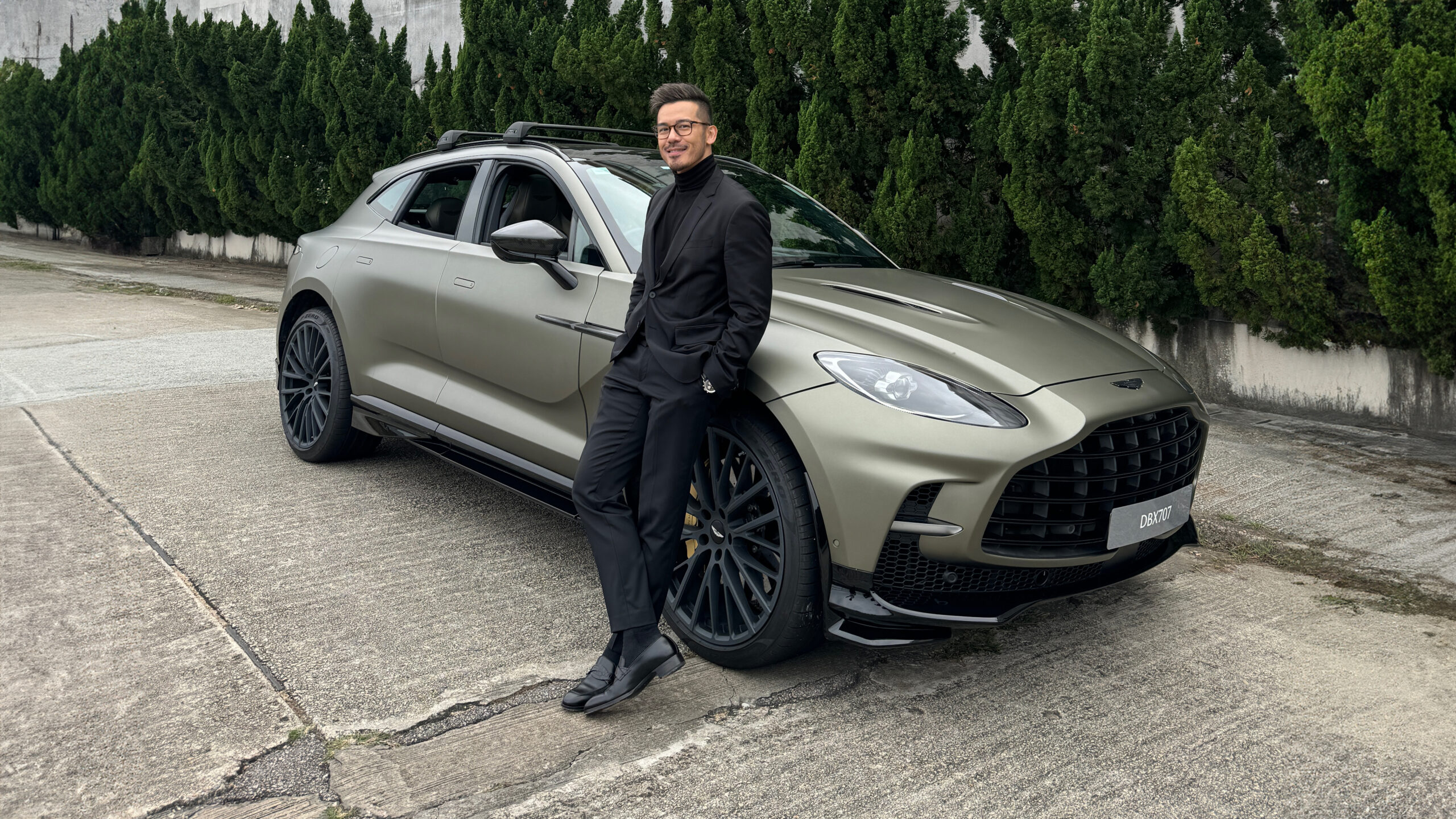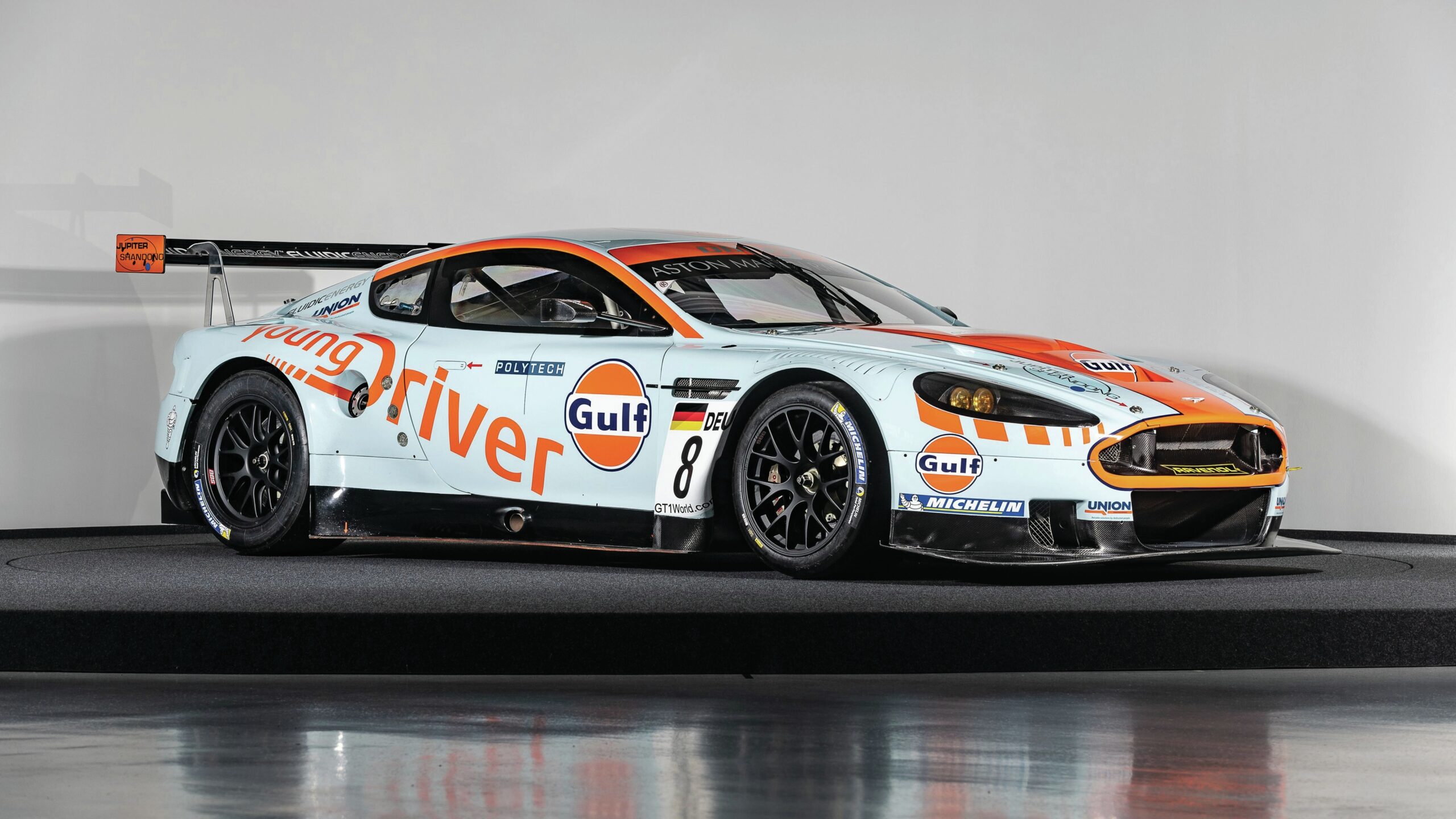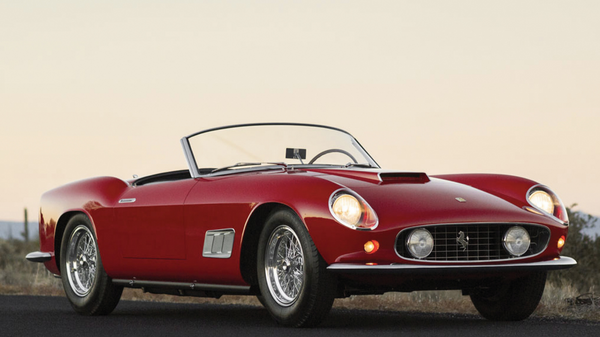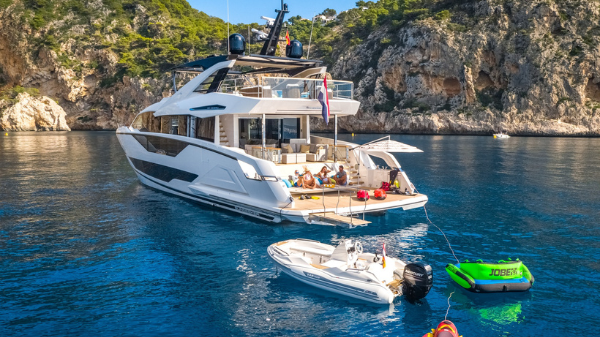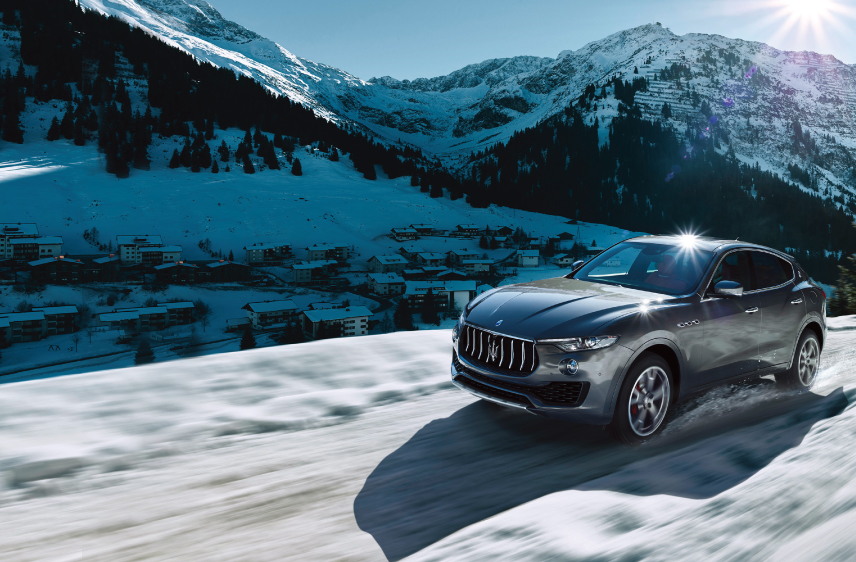
SUV SOS
There is a malady spreading in the motoring world, a virulent condition spreading from marque to marque. Particularly vulnerable are the more venerable of the carmakers of Europe, with several having already tested positive. Many more, it is predicted, are about to be similarly afflicted.
Among the early symptoms are a downswing in sales, inevitably followed by a rash of outlandish “concept” models suddenly appearing at prestigious car shows. An incubation period of around two to four years then follows, after which the patient is normally beyond redemption.
Typically, one or more products in the auto maker’s range becomes notably bloated, swelling upwards and outwards, gaining weight and losing any of its previous vitality. Throughout it all, though, many of these poor unfortunates retain a passing semblance of the style and looks that marked their glory days.
The latest once-proud European house to be afflicted with this auto-pandemic – the so-called Saloon Ultra-modification Virus (or SUV for short) is Maserati. While the company’s new Levante model bears all of the marque’s tell-tale traits – right name, right badge – its dimly perceptible hereditary features are now stretched across its very wrong, very enlarged body.
The Levante is the first attempt at an SUV by the company, a prestigious Italian carmaker better known for its flamboyant cabriolets, grand tourers and fast luxury saloons. The fact that the new car bears more than a passing resemblance to the company’s four-door Ghibli super-saloon – albeit one that has suffered an extreme allergic reaction – should come as little surprise. The two cars, after all, share the same basic floor plan, as well as having various oily bits in common.
At a little over 5meters long, 1.97meters wide and 1.68meters tall, its height is the most striking difference between the Levante and the Ghibli. While not as overtly looming as, for instance, the mountainous BMW X5, this newest Maserati languishes somewhere in that territory. For sure, it’s an SUV, but it’s far from being the most toxic case ever to see the inside of a showroom.
Taking a lead from the putative SUVs of a number of other luxury carmakers’ SUVs, the Levante looks very much like the model it was originally based on. Except, of course, for that additional 30centemeters or so of bodywork, stretched out somewhere between the sills and the windows. As with the Porsche Cayenne, Audi Q7, Bentley Bentayga (see Gafencu Men, February 2016) and so many others, the result has a rather hall-of-mirrors air to it – normal at the top, normal at the bottom, but far too long by half in the middle region.
This stretched body shell, while maintaining that distorted family resemblance, pulls off a rather neat trick. According to Maserati, the Levante has the best aerodynamics of any car in its class, boasting a drag coefficient of just 0.31 (the lower, the better). As well as boosting fuel consumption and minimising wind noise, that swollen but slippery body actually adds to its speed quotient.
Aside from a more imposing road presence – all the better for intimidating other road users – the other plus point of the SUV infection is increased interior space. Ghibli owners could be forgiven for coming over all déjà vu when first clambering aboard a Levante. The car’s cabin is almost indistinguishable from the its precursor albeit with more head and leg room.
Thankfully, the Ghibli template is excellent. Cliché as it might seem, its Italian design delivers a sense of urbane sophistication and timeless craftsmanship, one that is often missing from the offerings of some German, British, Japanese and American manufacturers.
Its cabin styling is a delicious balance between simple elegance and finely turned detail. The dashboard instruments are large and unfussy, while the dash-mounted seven-inch and centrally-positioned 8.4-inch multi-function screens are large enough to read easily, but not overwhelm the aesthetic.
Buyers with acute hearing and deep pockets should opt for the 14-speaker Harman Kardon sound system or dig even deeper into their pockets for the top-spec Bowers & Wilkins 17-speaker surround system.
Leather seats throughout come as standard on all levels of Levante, with further bovine-derived luxury cladding available as an option for the doors and dashboard. Also standard are the six-way adjustable front seats. For additional sticker price, you can upgrade to 12-way adjustable seating, with a choice of either “comfort” or “sport” configuration.
Maserati, of course, is not the first company to sprinkle sporty cues over its SUV, largely in the hope of dodging the inevitable agricultural associations that dog most 4X4s. To date, the Range Rover Sport has been the most blatant, but successful, example of this genre.
Maserati makes the bold claim that the Levante is now the best handling car in its class. That’s not that hard to believe. After all, it does come with notably clever suspension, not too much mass and near perfect 50/50 front to rear weight distribution.
With the increased volume of an SUV, an overall weight gain comes as standard. At around 2,100kg for the petrol engine-variant, the Levante is heavy, though not crushingly so. Much credit here to the engineers, who seem to have gone out of their way to minimise heft, largely through a liberal interweaving of lightweight materials.
Aluminium is the material of choice for the front and rear sub frames, as well as the bonnet, doors and hatchback. Even magnesium puts in an appearance in its lateral stiffening, while carbon fibre is also used throughout, albeit more for cabin decoration than mass alleviation.
Keeping the kerb weight down, of course, helps to keep the Levante’s speed up. It shares the same Ferrari-designed 3.0-litre V6 twin-turbo power plant with the Ghibli, producing 350 horsepower in the half-caff edition or 430 bhp with the full-strength espresso Levante S version.
The Levante S can dash to 62 mph in a genuinely fast 5.2 seconds, while its top speed is a respectable 164 mph. It seems that not even an improved Ferrari engine and prime aerodynamics can fully overcome that expanded front and accompanying wind resistance so symptomatic of the SUV syndrome.
Of course, a car that goes quickly also needs to be able to stop quickly. Thankfully, the top-of-the-range S edition comes with 15-inch cross-drilled Brembo discs up front, all grasped firmly by six piston brake callipers, while the rears get by on 13-inch rotors.
Its self-levelling air suspension system is carried over almost unchanged from the Ghibli, complete with electronically controlled dampers.
This particular Maserati’s suspension can lift the car, increasing ground clearance to more than 10 inches in the off-road driving mode. While not up to tackling the muddiest reaches of parts more rural, it’s more than enough for weekend trips along rough tracks.
Select the sport driving mode and the suspension drops the car closer to the asphalt. Simultaneously, it stiffens the dampers, while sharpening the throttle response and gear changes in is eight-speed ZF gearbox.
Hurtling into a corner, while applying the brakes, immediately reveals the advantages of this particular suspension system. Despite its great mass, the Levante doesn’t overly lean forward on deceleration. Throughout, the feel through the “slow” pedal remains good – all forces building and releasing progressively.
As braking blends into cornering, the suspension resists too much roll. The steering is hydraulic rather than electromagnetically power-assisted and acts to increases the resistance as its speed builds.
When accelerating out of a corner, the Levante has two traction-deploying advantages. The first is its adaptive four-wheel drive system, which acts to redistribute 90 percent of the engine effort to the rear. Usefully, its on-board computer driving brain can shift the torque to the front in as little as 0.15 seconds, compensating for any loss of traction.
Its second plus comes in the form of the mechanical limited-slip differential on the rear axle. Ideally, this should reduce the need for any computer intervention in the first place.
The third – and final – of its three driving modes rejoices in the name of ICE – Increased Control and Efficiency. As you might expect, it’s primarily intended for more slippery conditions, calming down the engine and softening up the suspension. Besides making snow driving less scary, this mode makes cruising more comfortable, hushing the exhaust and numbing the throttle.
The air suspension provides predictably cloud-like levels of ride comfort, with only the bumpiest bumps upsetting the in-cabin serenity. Cruising at high speed is remarkably quiet, with the slippery outer shell ably cutting down on the wind noise.
While the SUV epidemic has certainly spread to Maserati, the marque would seem to have some natural resistance to the disorder’s worst excesses. Far from taking a saloon car and making it worse, this SUV’d Ghibli is, perhaps, somewhat better than the saloon car on which it is based. It does, after all, offer greater semi-off-road ability, greater comfort and more generous internal space, all at the expense of a relatively minimal reduction in absolute driving performance.
That it is only slightly SUV’d, though, may actually be the Levante’s ultimate detriment. The Maserati’s relatively elegant lines – for an SUV, at least – may not be obvious enough for those buyers in search of a little in-your-face wealth-flaunting. In the increasingly crowded prestige fast SUV market – a market soon to be joined by Jaguar’s F Pace – the Levante may prove to be an SUV for people who don’t really want an SUV.
Maserati Levante S
Engine: 3.0-litre V6 turbo
Power: 430 bhp @ 7,550 rpm
Torque: 428 lb-ft @ 4,500 rpm
Transmission: Eight-speed ZF automatic through all wheel drive
0-62mph: 5.2 seconds
Top speed: 164 mph
Price: from £58,000 (HK$660,000 plus import tax)
Above: Instruments are large but unfussy, screens are easily readable and the aesthetic remains intact and elegant








